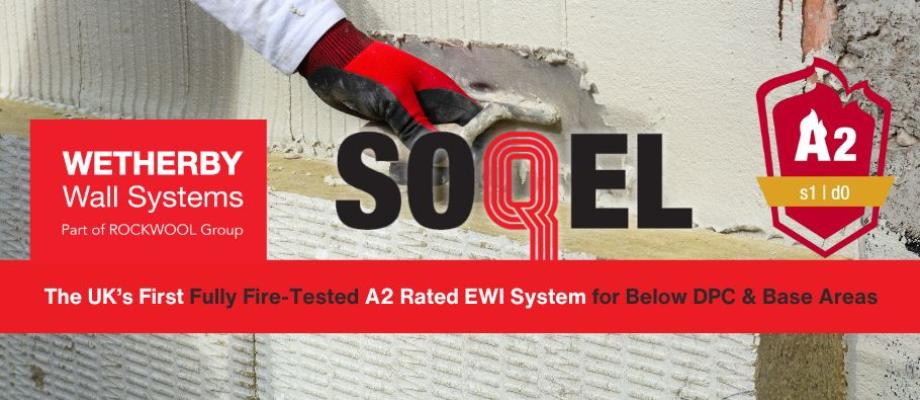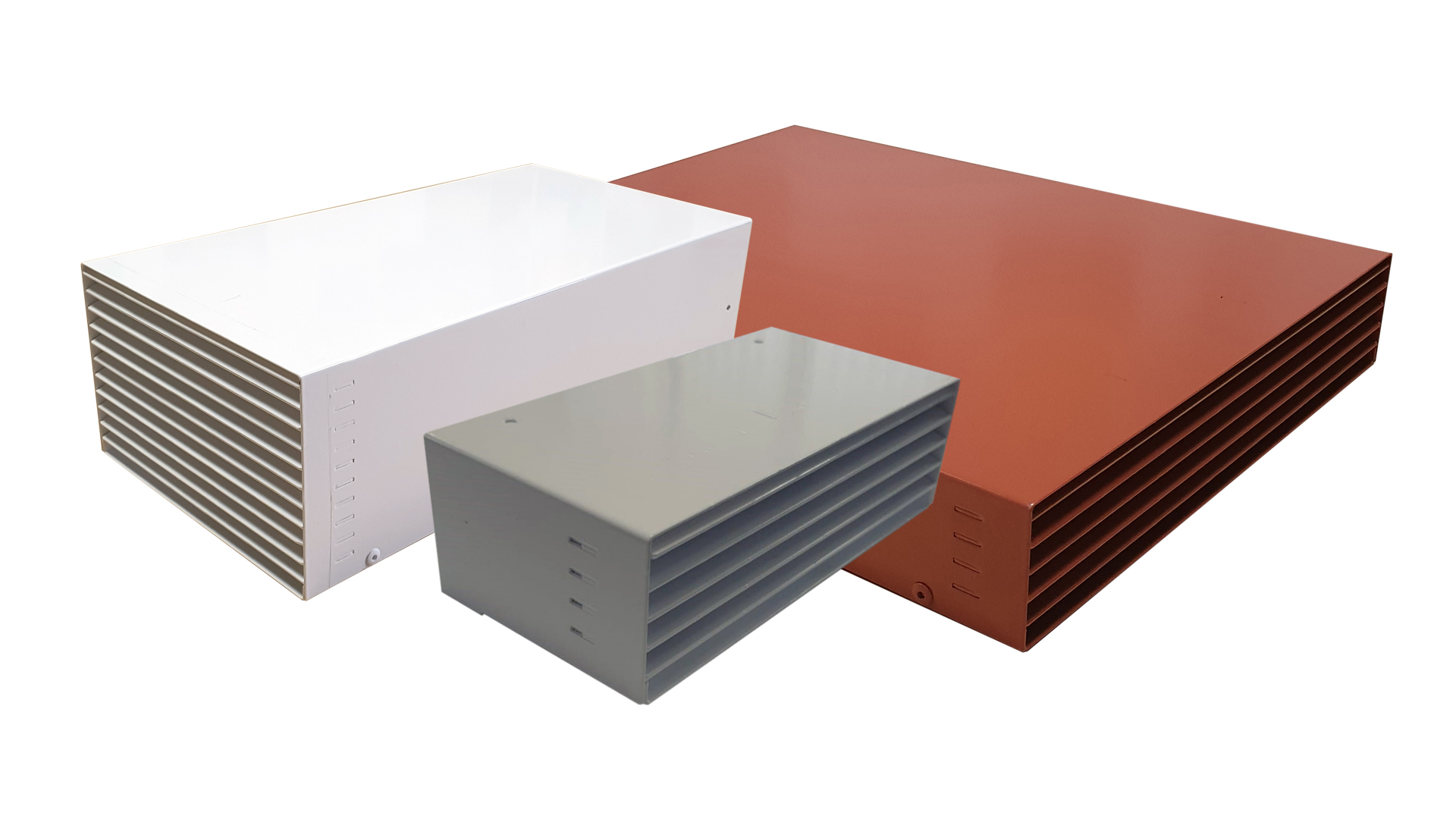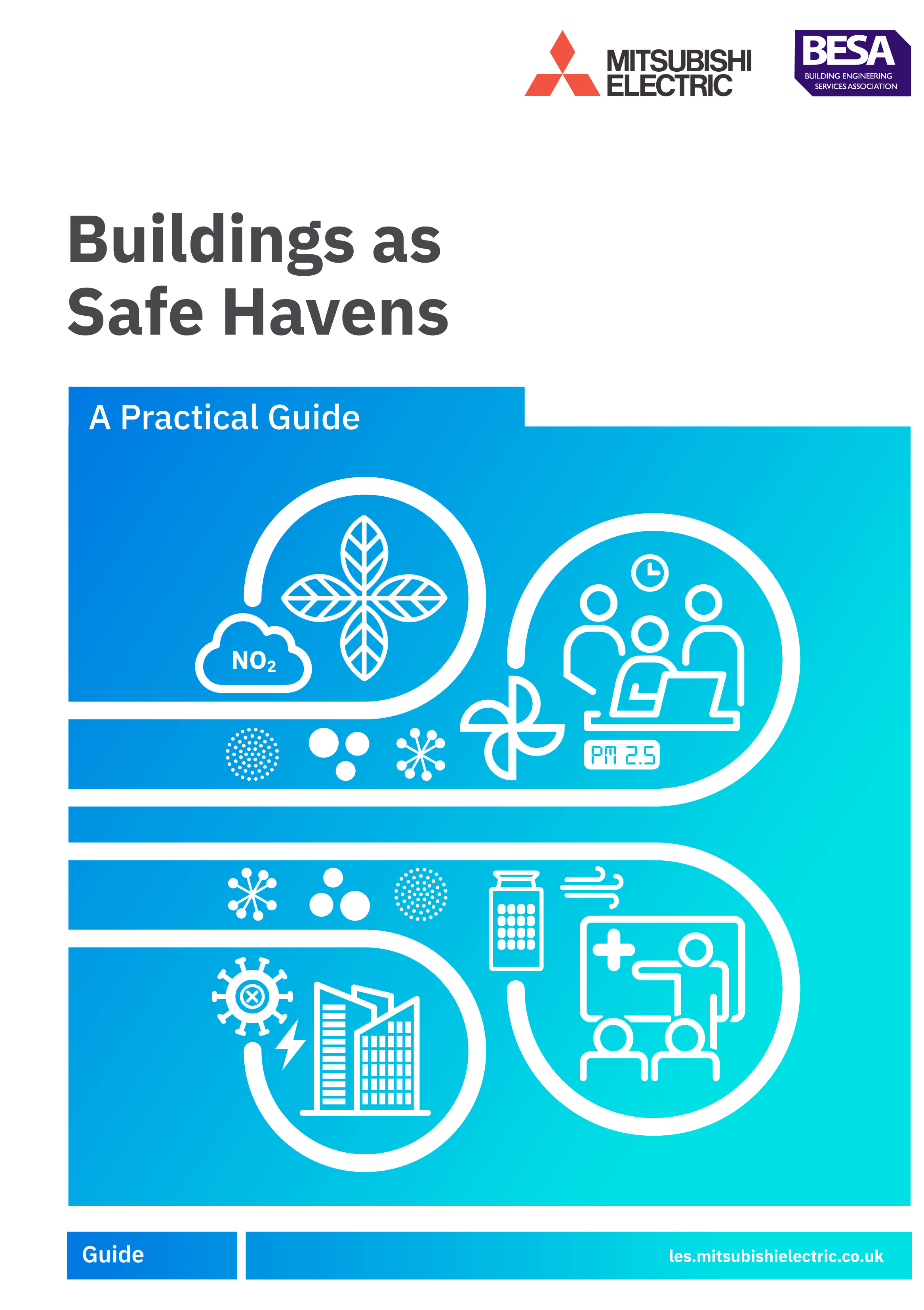Titon Ventilation Systems wins coveted HVR Award

The HVR awards have been championing innovation, excellence and achievement across the heating and ventilating industry for over a decade. The awards were held at Chelsea Harbour hotel on 29th September 2022, where over 200 heating and ventilation elite celebrated the very best of what the industry offers.
Titon entered the original Titon FireSafe® Air Brick following a successful product launch, and are proud to have won ‘Ancillary Product of the Year’. This is a fantastic achievement highlighting the hard work Titon’s teams have put into developing and manufacturing an innovative product range to the industry.


















